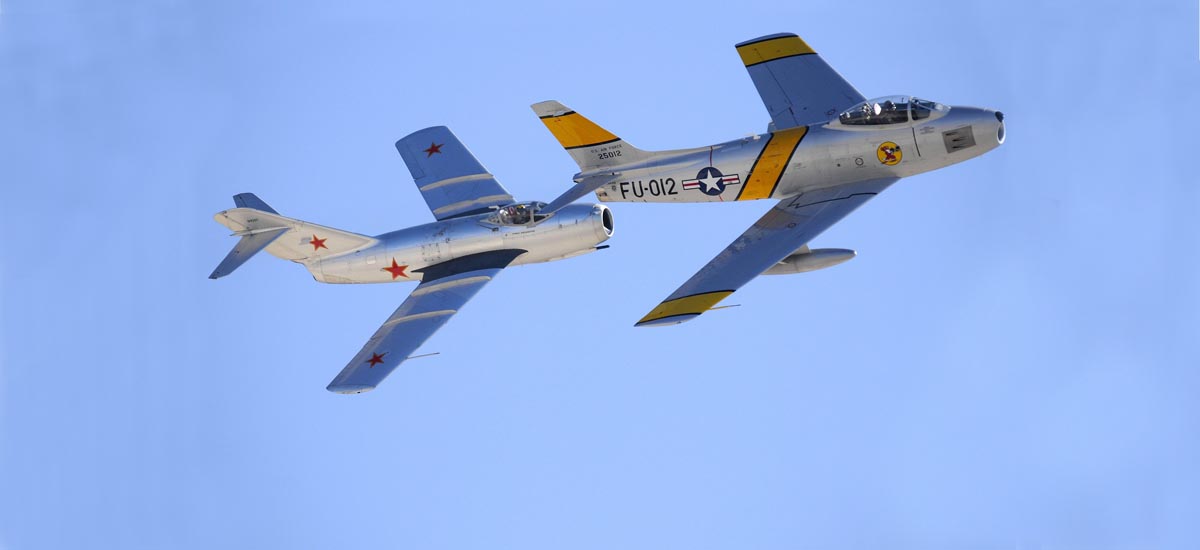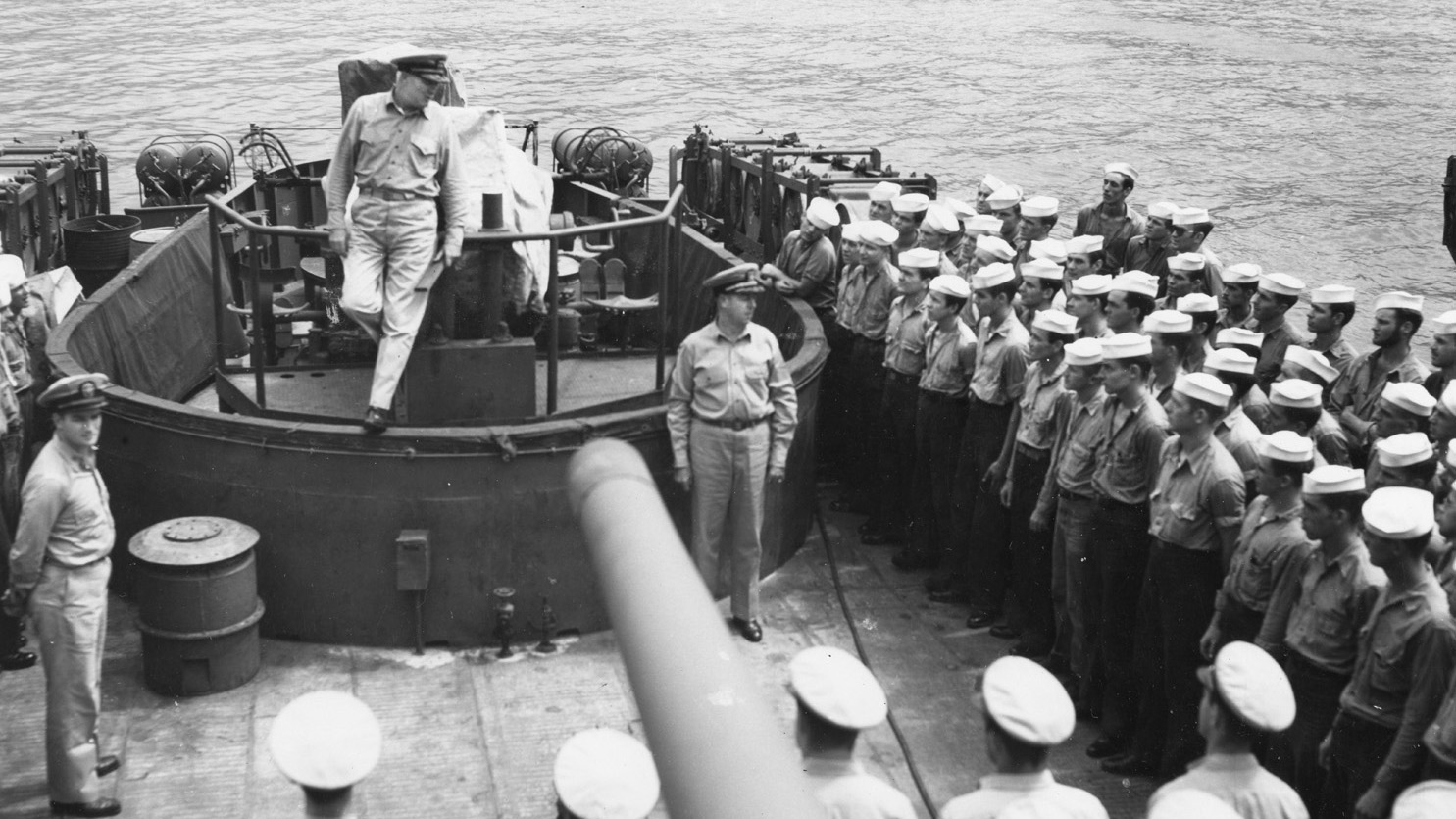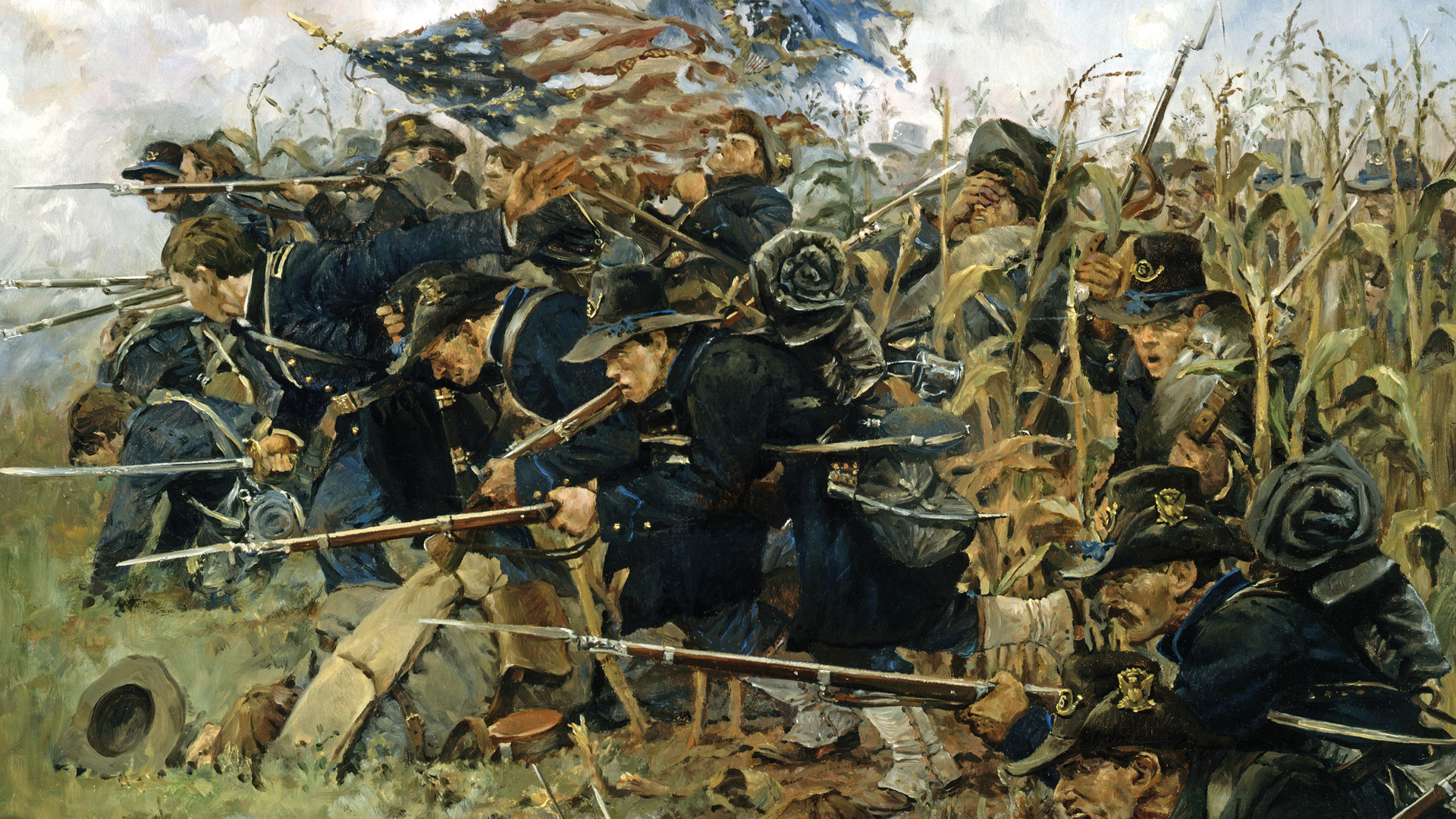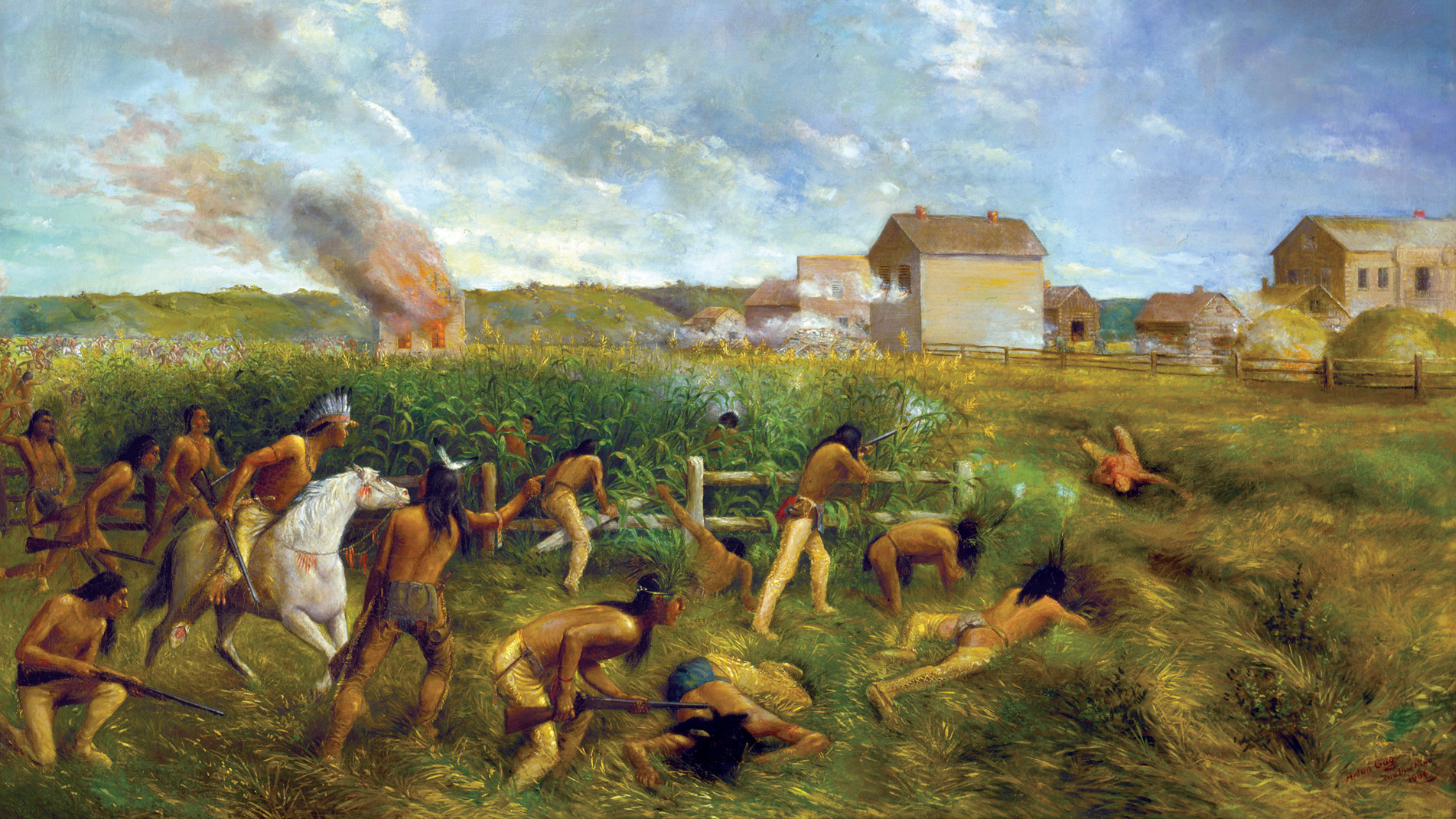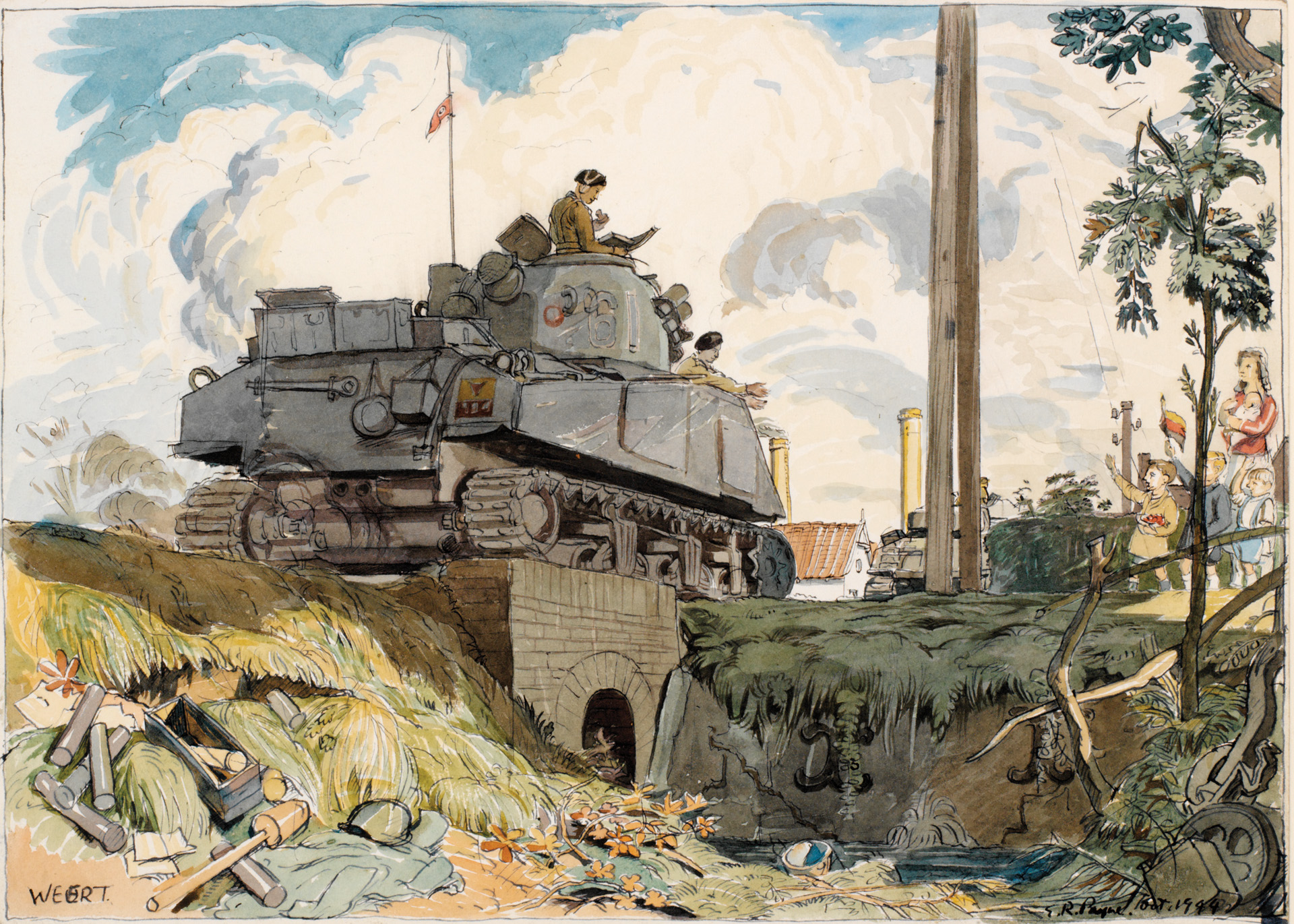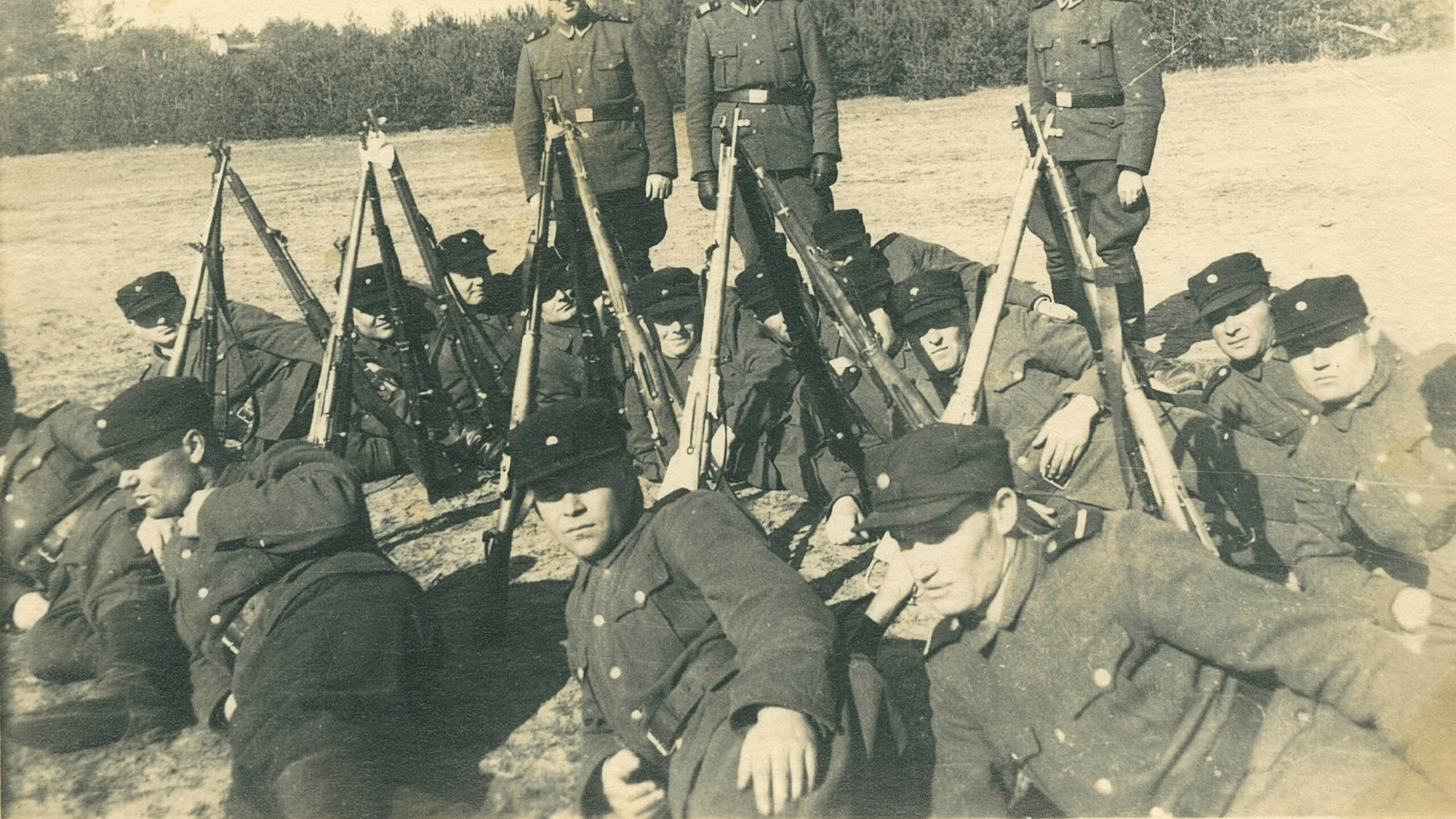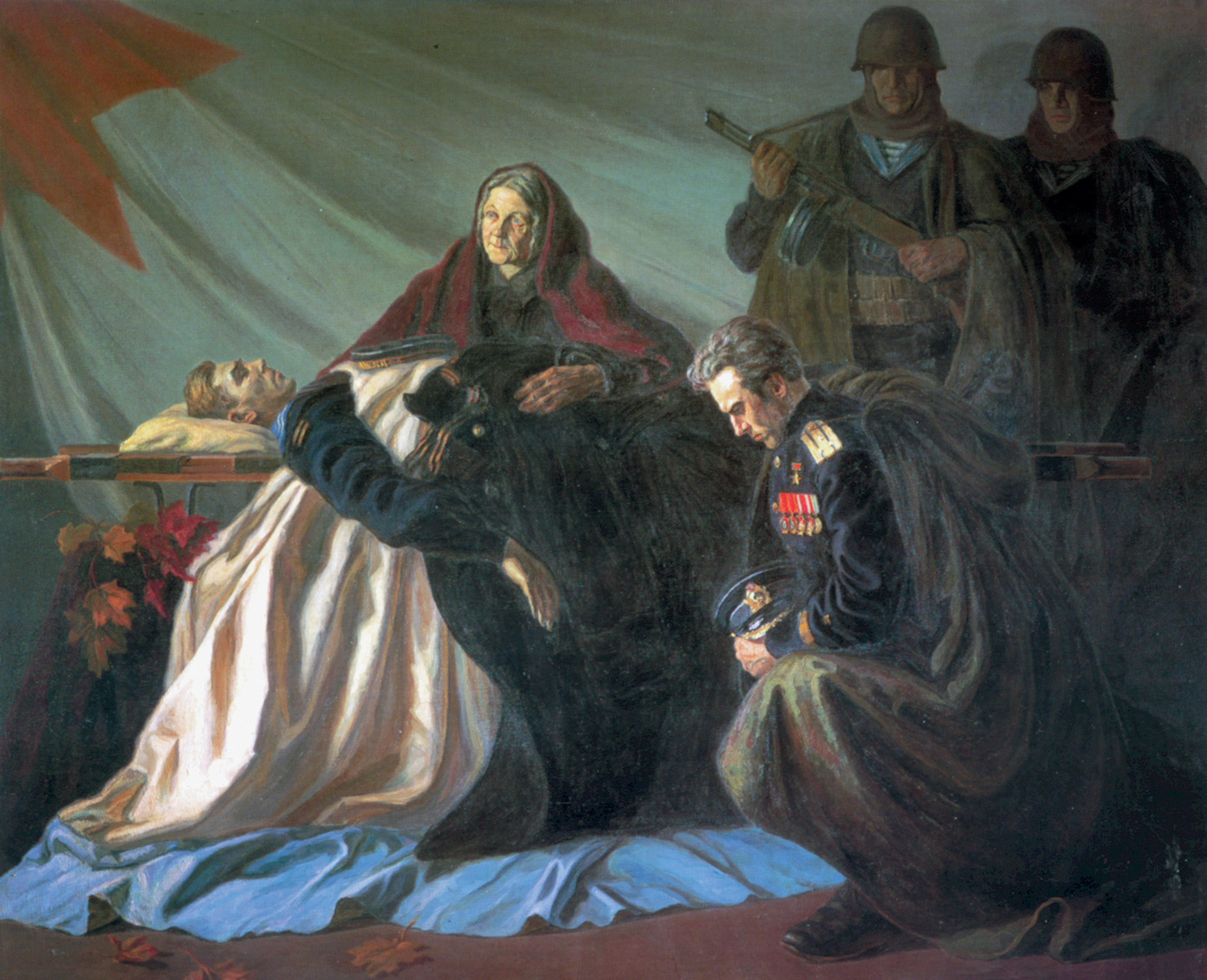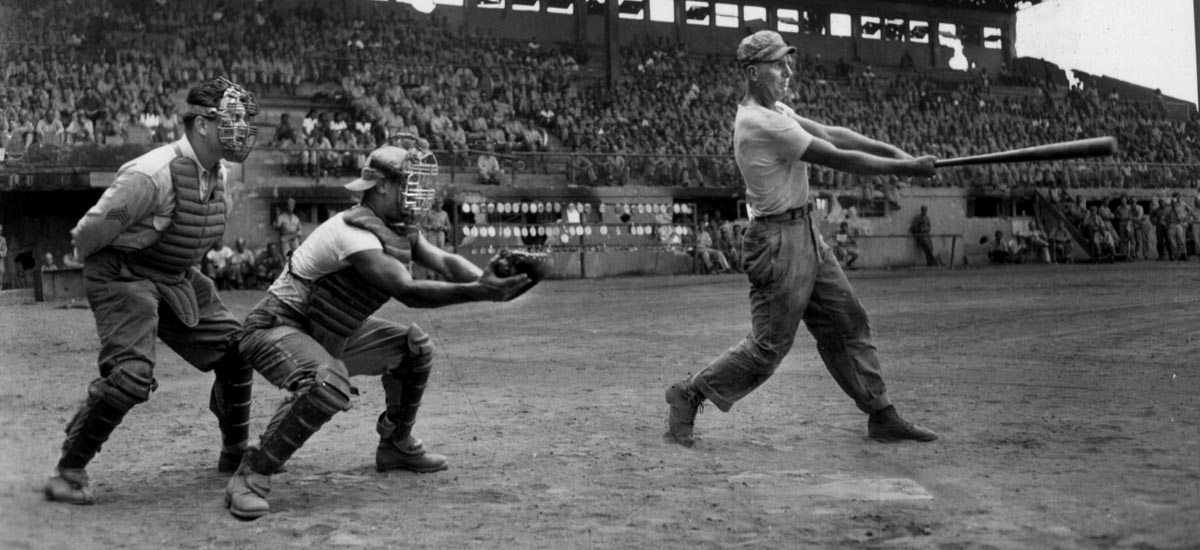By Christopher Miskimon
The F-86 Sabre was the iconic American fighter of the Korean War era. The struggle was the first war that pitted jet fighter aircraft against each other. F-86 pilots were credited with 800 kills of enemy aircraft during the war. One of the first went to Lt. Col. Bruce Hinton, who downed a Soviet-built MiG-15. He and his flight of four Sabres lured some MiGs into a dogfight by simulating the flight characteristics of the less-capable F-80. The communists detected what they thought were inferior planes and quickly responded, intent on easy kills. They got more than they bargained for as Hinton and his wingman chased three enemy jets. He shot up one with his nose-mounted .50-caliber machine guns and saw it begin to trail smoke. The American pilot doggedly kept after the MiG, pouring fire into it until the plane was a veritable sheet of flame falling from the sky. It was the beginning of the classic struggle of the air war over Korea, F-86 versus MiG-15.
That conflict in the skies was the largest air-to-air war fought during the jet era. It pitted the United States, the most powerful country in the world, armed with not only advanced conventional weapons but also a monopoly on atomic bombs, against China and North Korea, second- and third-rate powers supplied in part by the Soviet Union. Although it would not become public knowledge until years later, Soviet pilots were secretly flying some of the communist aircraft, a clandestine confrontation of the early Cold War.
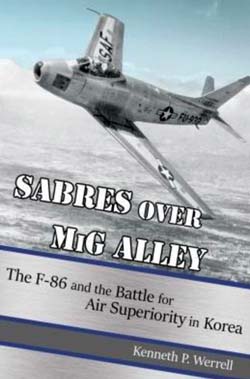
Central to the United Nations Command’s achievement of air superiority was the F-86 Sabre. The Soviet-built MiG-15, introduced in 1950, was a formidable jet fighter that outclassed most Western aircraft. Up to that point the United Nations Command’s air forces had ruled the skies and rained destruction upon North Korean ground forces, achieving decisive results. The MiG-15 changed that, downing fighters and bombers in large numbers. Something had to be done to turn the tide back in the United Nations Command’s favor, and that solution was the F-86.
The Sabre was technologically advanced and flown by brave pilots with aggressive leadership. This combination soon achieved air superiority, allowing other United Nations Command aircraft to resume their campaigns of close air support and bombing without undue fear of the killer Russian jet. It also kept the communist air power from having any real effect on the war, aside from a few nuisance raids.
The F-86 deserves its status as icon, but there is more to its story than a few dogfights. It is a drama that spans the course of the war. That inspiring tale of courage mixed with technology is revealed in Sabres over MiG Alley: The F-86 and the Battle for Air Superiority in Korea (Kenneth P. Werrell, Naval Institute Press, Annapolis, MD, 2018, 318 pp., maps, photographs, notes, bibliography, index, $24.95, softcover).
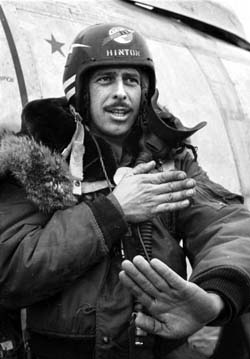
The volume is written with attention paid to the creation and design of both Sabre and MiG along with the narrative of the pilots who flew them. Chapters are dedicated to how both planes were created and how they compared to each other as combat aircraft. Also included are accounts of those pilots on both sides who became aces and the political considerations that often curtailed attempts by the American flyers to decisively defeat the MiG menace. Attention is also paid to those who were shot down and the fates of the men who survived that experience.
The author is a veteran United States Air Force pilot who, as a young academy cadet listened to the stories of former F-86 pilots, many of whom shared their experiences with the would-be flyers. He never forgot their tales and has gathered the accounts of 60 Sabre pilots to shed new light on the subject. The book is engaging and detailed. It deftly pulls the reader in with battle stories of pilots in combat. Moreover, it recounts the larger course of the war and how the Sabre pilots fit into the larger scope of the conflict.
